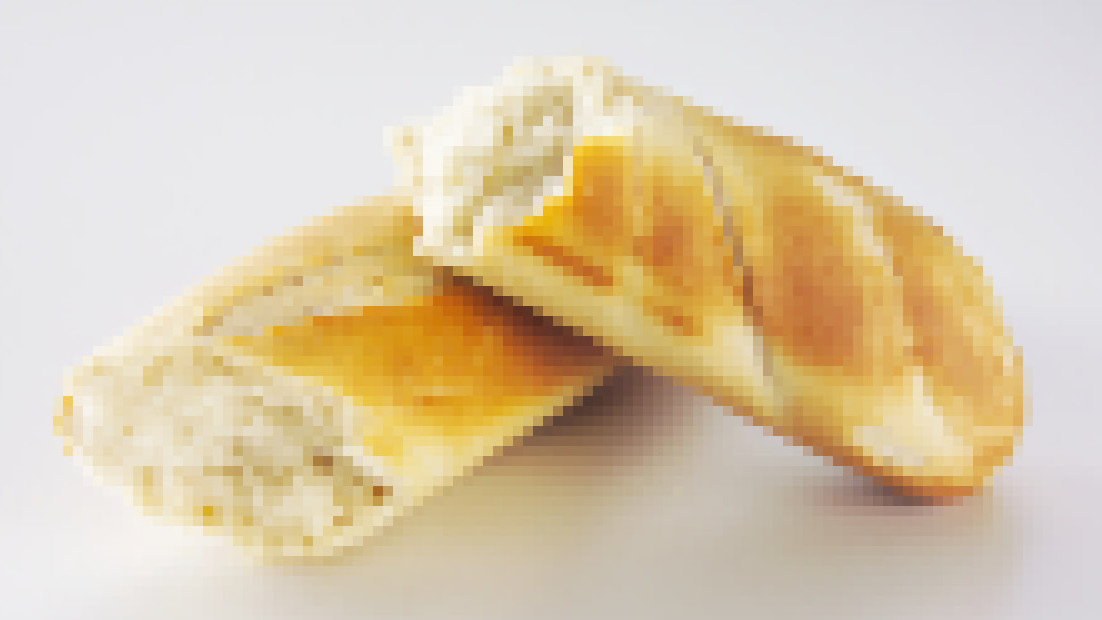Advances In Science: We Can Now Tear CGI Bread In Half
It's easy to forget, especially when boundaries are being broken on a daily basis, just how remarkable computer animation really is. In just a few decades we've gone from vector drawings to movies full of actors aged down and even resurrected. Water can now be programmed to the point of near-photorealism. Every texture and mite is now probably being developed somewhere, allowing us to move into a future where more and more things can be replicated with near-total visual authenticity.
In that spirit, Vice would like to introduce you to computer-animated bread:
The footage comes from work being done by a team at the University Of Pennsylvania (you can read their report on the topic), where their work on "CD-MPM, or continuum damage material point methods for dynamic fracture animation" aims to replicate the complex, intricate splinter effects of everyday objects.
It's the kind of complex digital artistry that tends to leave the layman slack-jawed, to be sure, but its end results are indisputably impressive. If the ostensible purpose of CG food is that it looks just as delicious as its real-world counterpart would, this bread certainly looks edible, at the very least, and even kind of good (if rubbery) beyond that.
The team will present its findings at an upcoming conference, and we'd hardly be shocked to see tech of this nature going wide, as soon as the kinks are worked out. One of the greatest barriers to authentic animation is the "uncanny valley", the point at which animation reveals itself to the human eye as simulated, so a technology that can replicate randomized effects on a minute scale could signify a major next step forward.
Also, we've now spent an entire morning contemplating the tearing of bread like a stoned college kid because of UPenn's work, so congratulations all around, everyone.
Read more about this from our friends at Vice.
